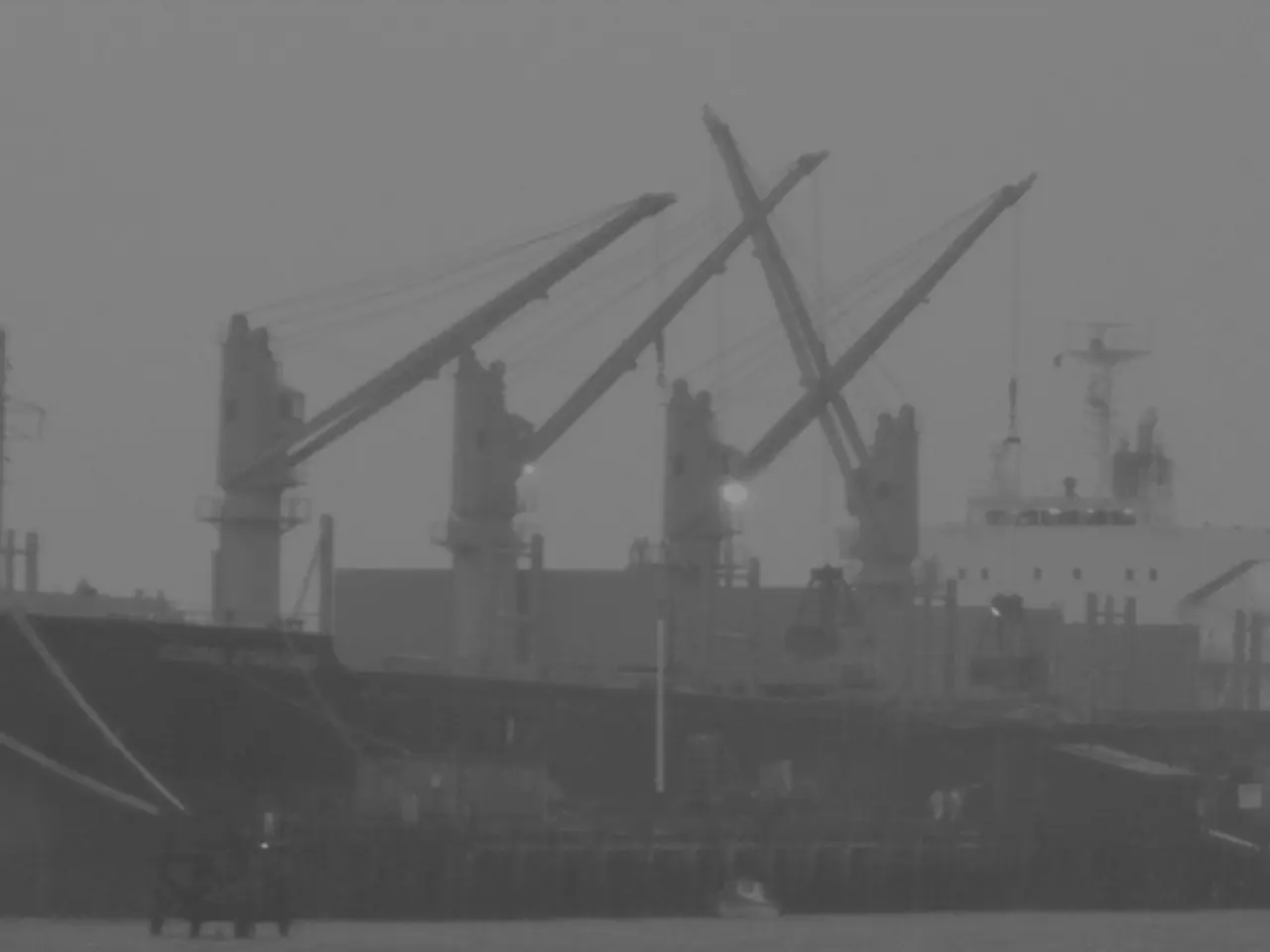Catastrophic floods in China claim lives of 30 individuals, forcing over 30,000 to abandon their homes.
Heavy Flooding in Beijing and Surrounding Regions Causes Devastation
Heavy rain-induced flooding in Beijing and surrounding provinces has resulted in at least 30 to over 35 deaths, with more than 80,000 people evacuated to safety. The heavy rains began on July 23 and peaked around July 28–29, causing severe damage including collapsed bridges, mangled cars, shattered pipelines, and cut-off power and communications in over 130 villages.
Key affected areas include Miyun, a district in Beijing described as a disaster zone due to infrastructure collapse caused by the sudden floods. Roads and houses have been severely damaged across northern China, with Beijing particularly hard-hit.
President Xi Jinping has called for "all-out" rescue efforts and urged preparation for worst-case and extreme scenarios amid this season of extreme weather. Dozens of roads have been closed in Beijing, and over 130 villages have lost electricity. Emergency crews have been working around the clock to rescue those trapped in the affected areas.
In addition to the flash floods in Beijing, natural disasters such as landslides have also occurred. A landslide in a village near the city of Chengde, Hebei province, killed four people, with eight still missing. Meanwhile, a landslide on a highway in Sichuan province killed five people this month after it swept several cars down a mountainside.
Intense rainstorms have battered parts of northern China, including the capital and the provinces of Hebei, Jilin, and Shandong. Flash floods in the eastern Shandong province killed two people and left 10 missing this month. Torrential rains have left at least 30 people dead in Beijing alone.
As China grapples with the aftermath of these natural disasters, it is worth noting that the country is a global renewable energy powerhouse. However, China is also the world's biggest emitter of greenhouse gases, which scientists say drive climate change and make extreme weather more frequent and intense. President Xi Jinping has announced that China aims to make its massive economy carbon-neutral by 2060.
In the meantime, the focus remains on the rescue and relief efforts in the affected areas. A resident in Miyun watched floodwater sweep away vehicles outside his apartment block early Monday morning. The worst-hit areas include Miyun and Fangshan, where the infrastructure damage is extensive. Local officials in Beijing have been making all-out efforts to search and rescue missing persons and reduce casualties.
References: [1] BBC News. (2021, July 30). China floods: More than 80,000 evacuated as heavy rain hits Beijing. [online] Available at: https://www.bbc.com/news/world-asia-china-58036218
[2] The Guardian. (2021, July 30). China floods: more than 80,000 evacuated as heavy rains hit Beijing. [online] Available at: https://www.theguardian.com/world/2021/jul/30/china-floods-more-than-80000-evacuated-as-heavy-rains-hit-beijing
- General news outlets around the world have reported on the devastation caused by heavy flooding in Beijing, including details about resulting deaths, evacuations, and extensive infrastructure damage.
- Apart from flash floods, the heavy rainstorms in China have also led to landslides, such as the one in a village near Chengde, Hebei province, where four people lost their lives and eight remain missing.
- As the weather affects multiple regions, general news and crime-and-justice sections have covered increased crime, like accidents on roads closed due to the flooding and landslides, such as the one on a highway in Sichuan province that killed five people.








